Hoshibachi Fireman helmet in red lacquer, similar but lighter than the kabuto helmets worn by the samurai for combat.
Japan, 19th century. End of the Edo era or Meiji era.
Height: 14 cm
Stamp diameter: 24.5 cm
Width and depth: c. 33 cm.
The kabuto was an integral and fundamental part of the equipment of the samurai and also played a symbolic role, which can explain the many expressions, sayings and Japanese codes which are linked to it. For example "Katte kabuto no oo shimeyo" ("Tighten the kabuto chain after winning the war") means that you should not reduce your efforts after a success and can be compared to the expression "not to rest on one's laurels".
Hoshibachi or hoshi-bachi kabuto helmets (star-domed helmets) are characterized by their rivets with protruding heads of various sizes: some larger (o-boshi), others smaller (ko-boshi), as well as a rivet at the base in the shape of a chrysanthemum (za-boshi).
This fireman samourai helmet is thus enhanced with spikes imitating rivets. Its hemispherical stamp is divided into dummy strips by reported edges. The top of the kabuto is decorated with a lotiform tehen kanamono (a ring of finely worked metal bands) in repelled and chiseled copper. The fukigaeshi (side protections) are made of copper without decoration.




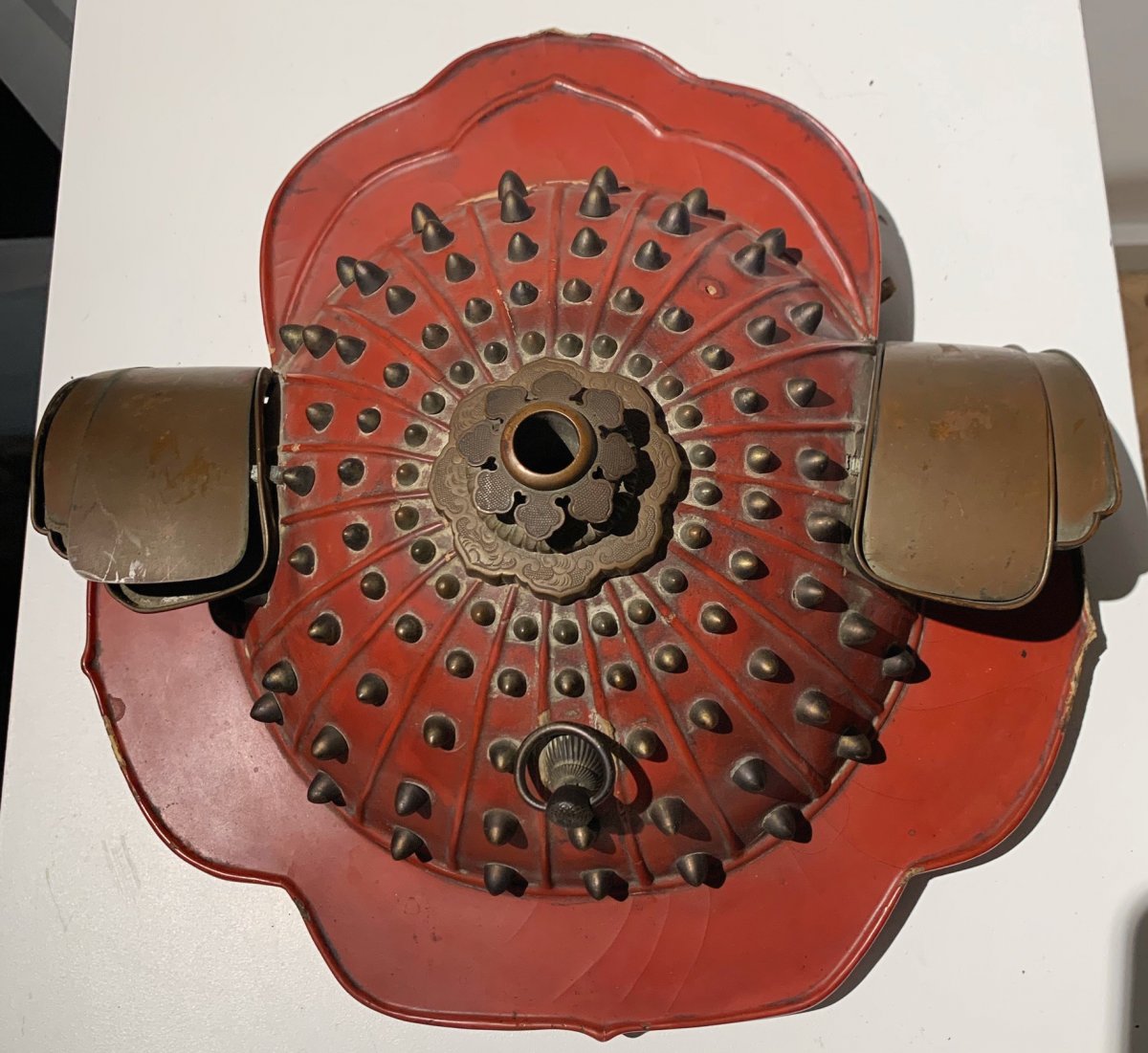








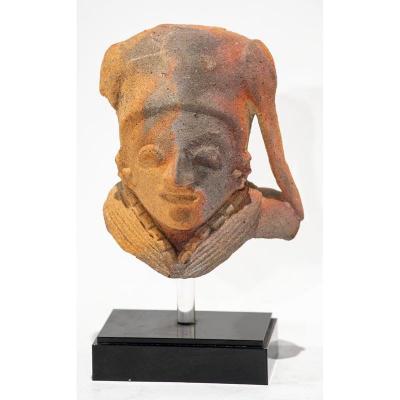



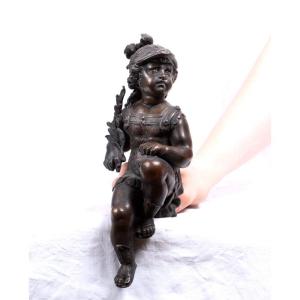

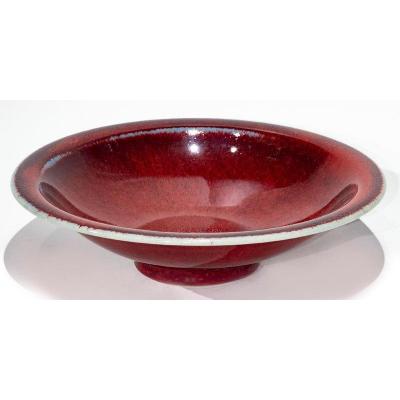






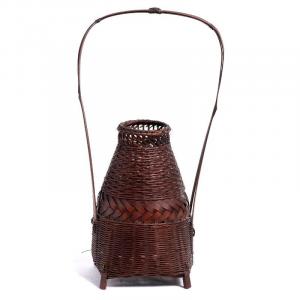

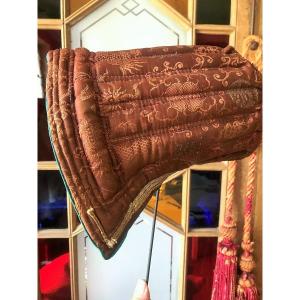



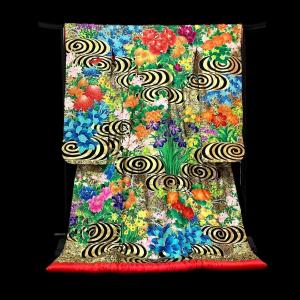



 Le Magazine de PROANTIC
Le Magazine de PROANTIC TRÉSORS Magazine
TRÉSORS Magazine Rivista Artiquariato
Rivista Artiquariato